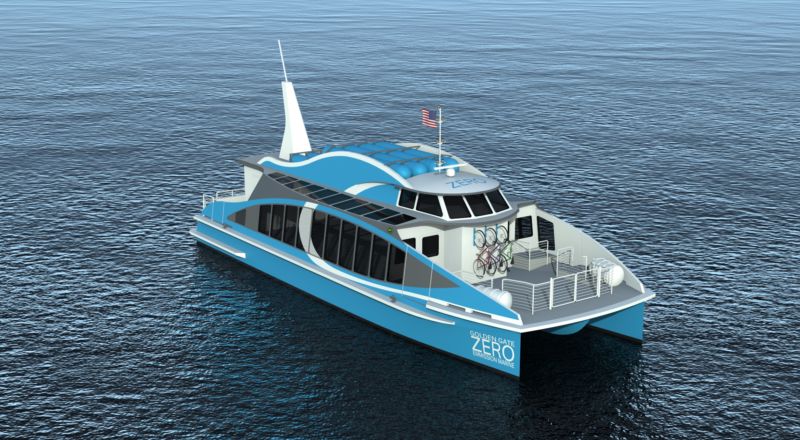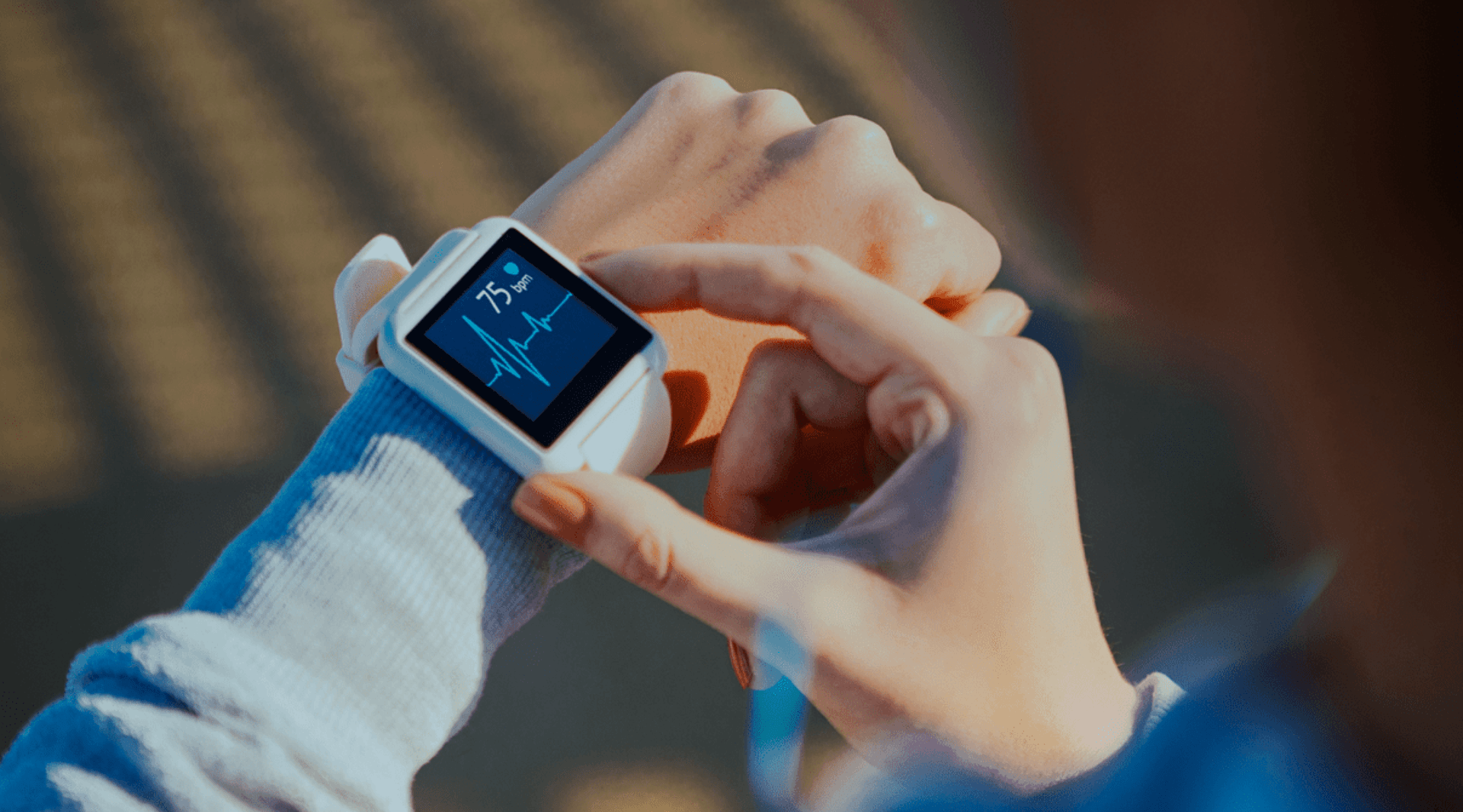TECH

California’s cap-and-trade dollars are building a hydrogen fuel cell boat
All aboard: construction of a hydrogen fuel cell boat, with aims to be the first of its kind to run commercially, was announced on Thursday in San Francisco.
A startup called Golden Gate Zero Emission Marine (GGZEM) held a keel-laying ceremony on Thursday for its new, 70-foot hydrogen fuel cell ferry. The keel-laying ceremony marks the beginning of the construction of a vessel, and GGZEM expects that it will be completed by September 2019.
The boat, which will be called the Water-Go-Round, will likely be the first hydrogen fuel cell boat to run commercially, ferrying people around the San Francisco Bay. Generally, ferries tend to be diesel-powered, creating significant noise underwater, as well as greenhouse gas emissions and potential marine pollution from spills. By contrast, a hydrogen fuel cell boat would be quieter, and its only emissions while operating in the water would be more water.
That said, getting the hydrogen fuel to fill up the boat isn't a trivial problem. Currently, a lot of pure hydrogen is derived using methane, and transporting hydrogen is a challenge requiring energy-intense compression or energy-intense cold storage. Researchers from Sandia National Laboratories recently found that when synthesis, transportation, and storage are factored in, hydrogen fuel cell boats that run on gas-derived hydrogen are probably not better emissions-wise than diesel boats.
However, hydrogen can be created through water electrolysis, using renewable energy as an electricity input. The hope is that excess renewable electricity from utility-scale renewable systems could be used to create hydrogen fuel during periods of low demand (at night, for example, when wind turbines might be creating lots of electricity but homes aren't running appliances).
Research opportunity
GGZEM's Water-Go-Round is being constructed with the help of a $3 million grant from the California Air Resources Board (CARB), which funded the grant with proceeds from California's unique cap-and-trade system. A press release from GGZEM states that "the Bay Area Air Quality Management District (BAAQMD) is administering the project, alongside other partners including Bay Ship & Yacht Co., BAE Systems, Hydrogenics, Red and White Fleet, Incat Crowther, Hexagon Composites, the Port of San Francisco, and Sandia National Laboratories." Sandia is an especially important partner because GGZEM grew out of hydrogen fuel cell research conducted by an employee of the lab.
After the vessel is completed in mid-to-late 2019, GGZEM says it will operate the Water-Go-Round for three months to allow Sandia researchers an opportunity to assess performance and gather data on this first-of-its-kind boat. GGZEM hopes to sell several vessels like the Water-Go-Round to Red and White Fleet, a commercial sightseeing and charter tour company that operates in the San Francisco Bay. Red and White Fleet has made its own commitment to go 100-percent zero emissions by 2025.
According to GGZEM's website, the Water-Go-Round will store up to 264kg of H2 and be capable of "up to 2 full days operation." Additionally, the company says that a 100kWh battery will "provide boost power to achieve 22 knots."
Megan Geuss

No comments:
Post a Comment